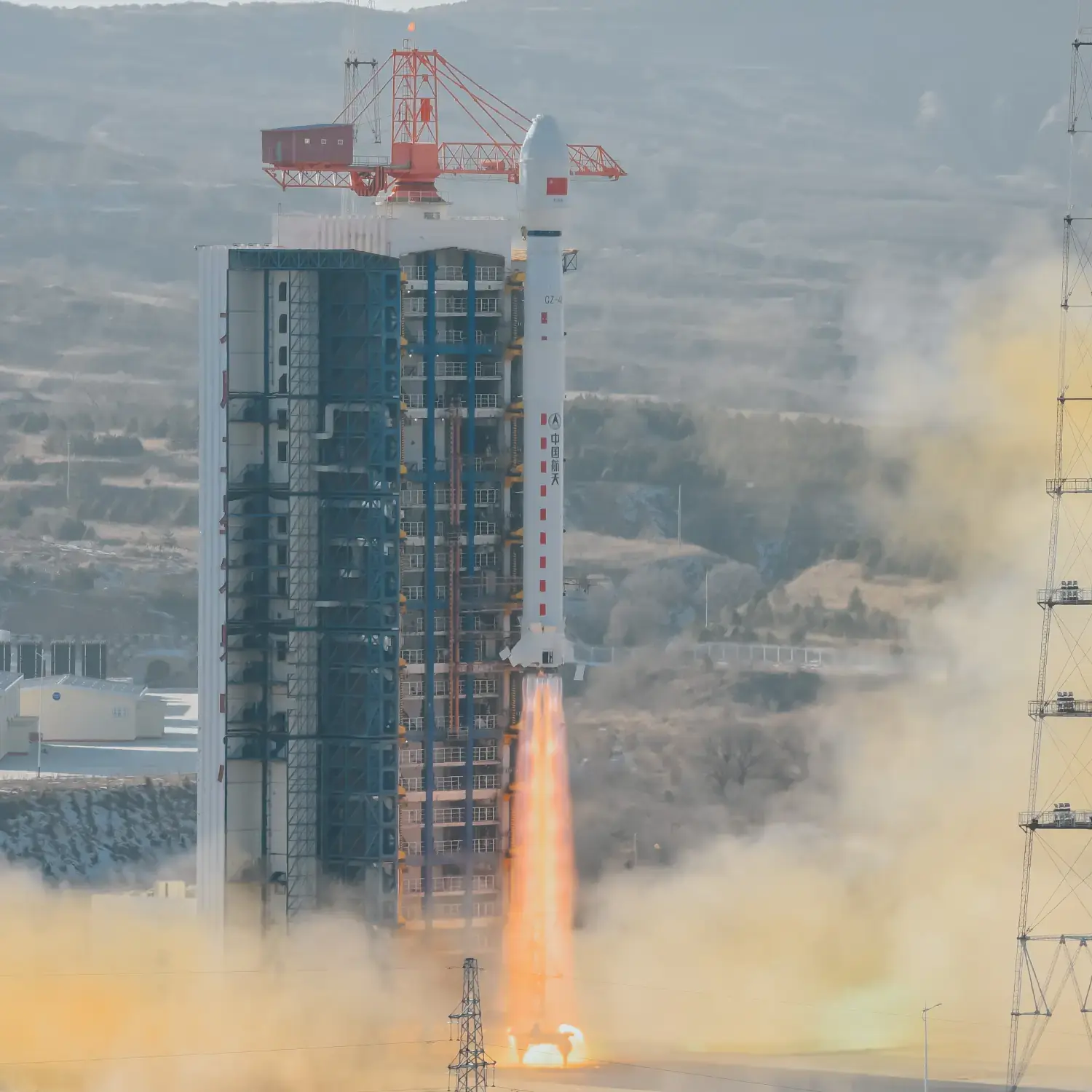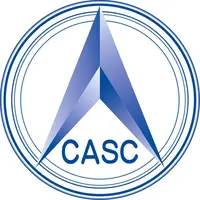/
CBERS-2 & Chuangxin-1 01
Launch Success
Liftoff Time (GMT)
03:16:00
Tuesday October 21, 2003
Mission Details
CBERS-2
China–Brazil Earth Resources Satellite 2 (CBERS-2), also known as Ziyuan I-02 or Ziyuan 1B, was a remote sensing satellite operated as part of the China–Brazil Earth Resources Satellite program between the Chinese Center for Resources Satellite Data and Application and Brazilian National Institute for Space Research. The second CBERS satellite to fly, it was launched by China in 2003 to replace CBERS-1. CBERS-2 was a 1,450 kg spacecraft built by the China Academy of Space Technology and based on the Phoenix-Eye 1 satellite bus. The spacecraft was powered by a single solar array, which provided 1,100 watts of electricity for the satellite's systems. The instrument suite aboard the CBERS-2 spacecraft consisted of three systems: the Wide Field Imager (WFI) produced visible-light to near-infrared images with a resolution of 260 m and a swath width of 890 km. A high-resolution CCD camera was used for multispectral imaging at a resolution of 20 m (66 ft) with a swath width of 113 km. The third instrument, the Infrared Multispectral Scanner (IMS), had a resolution of 80 metres and a swath width of 120 km. Following the launch of CBERS-2B in 2007, CBERS-2 was retired from service. As of 1 December 2013, the derelict satellite remains in orbit, with a perigee of 780 km, an apogee of 782 km, 98.17 degrees inclination, and a period of 100.33 minutes. Its orbit has a semimajor axis of 7,152.64 km, and an eccentricity of 0.0001886.
Sun-Synchronous Orbit
1 Payload
1,450 kilograms
Chuangxin 1
CX-1 (Chuang Xin 1, Innovation 1) is a mini "store and forward" communications satellite developed by CAS (China Academy of Science), Shanghai Academy of Space Technology, and Shanghai Telecomm. Starting in April 1999 with the support of the national Knowledge innovation program (KIP) spearheaded by CAS, the project has been carried out jointly by researchers from the CAS Institute of Microsystems and information technology, and the CAS Shanghai Institute of Technical Physics. Although the manufacturing of the satellite had been completed in 2002, it was not launched until 21 October 2003.
Sun-Synchronous Orbit
1 Payload
88 kilograms
Rocket


Agency
CASCPrice
$64.68 million
Rocket
Height: 46.97m
Payload to Orbit
LEO: 4,200 kg
GTO: 1,500 kg
Liftoff Thrust
2,993 Kilonewtons
Fairing
Diameter: 3.8m
Height: 11.74m
Stages
3
Launch Site
Stats
Long March 4B
6th
Mission
1st
Mission of 2003
2003
50th
Orbital launch attempt